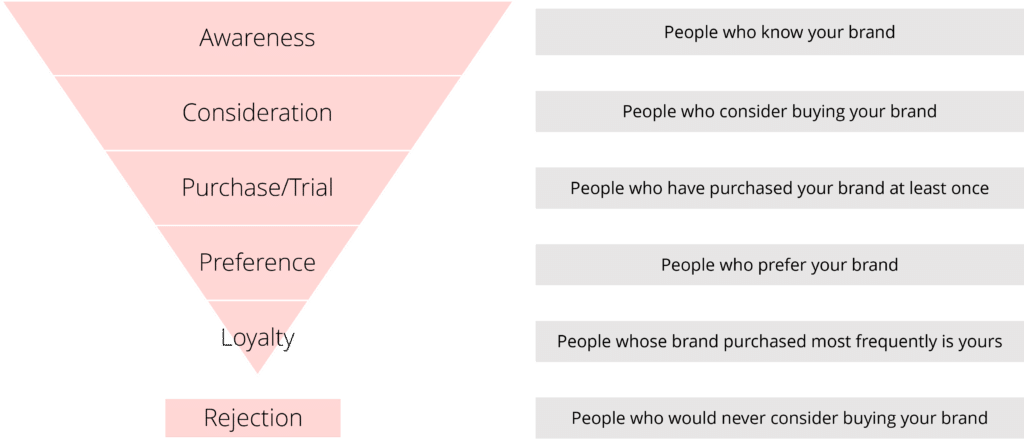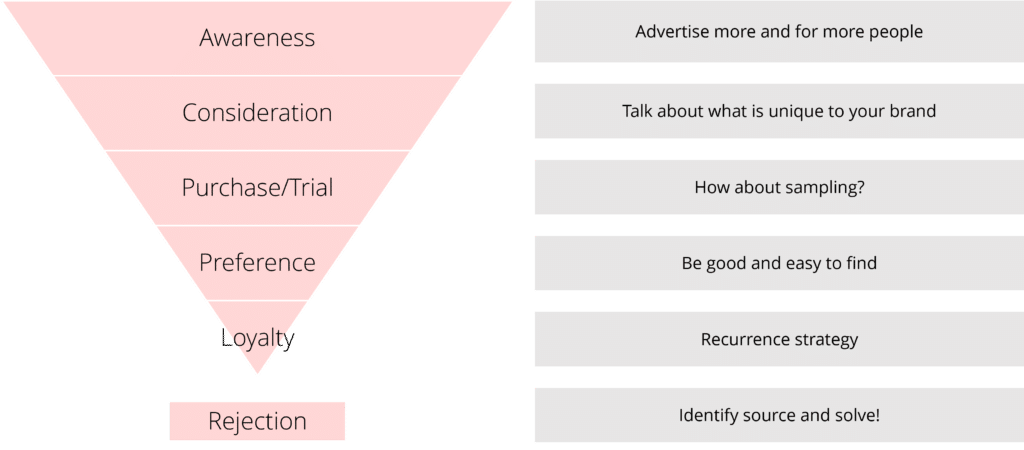How to Use Brand Tracking Research to Grow Brands
Understanding Brand Tracking Research
In today’s competitive market, building a brand that resonates with consumers is crucial for long-term success. But how can you ensure that your brand is connecting with your target audience? This is where brand tracking research comes in.

It allows you to identify and evaluate the success of your brand’s marketing efforts. By measuring your brand’s reputation, you can gain valuable insights into the effectiveness of your marketing campaigns, and understand how your customers perceive your brand and its competitors. In addition, it enables identifying trends and patterns that inform and direct your future brand and marketing strategy.
Tracking your brand performance involves not only research questions, but also monitoring its reputation, visibility, and customer sentiment across various channels, including social media, review sites, and search engines. Those can be used to exemplify, boost or generate hypothesis coming from research.
In this blog post, we will discuss three ways to use brand tracking research to grow your brand.
Take the Course:
Essentials of Brand Tracking
1. Understand Your Target Audience
One of the most important aspects of growing your brand is understanding your target audience. Without a clear understanding of who your customers are, what they want, and how they perceive your brand, it’s difficult to create marketing campaigns and products that resonate with them.
It provides insights into your target audience by measuring their awareness, consideration, preference, and loyalty towards your brand.
The key output of Brand Tracking Research is the Brand Health Funnel, which shows the number of people in each stage of conversion path, not only for your own brand but also competitors.

Understanding how your target audience perceives your brand, you can tailor your marketing efforts to better resonate with them and attract new customers.
For example, if your brand has low Brand Awareness, you need to increase your marketing efforts and brand presence, to boost brand recognition. On the other hand, if your challenge is to boost Consideration, the focus of communication should be on superiority and unique features of your brand.

2. Measure the Effectiveness of Your Marketing Campaigns
It helps measuring the impact of your brand campaigns. By tracking how customers perceive your brand before and after a campaign, you can determine whether your campaign was successful in achieving its goals. For example, if your goal was to increase brand loyalty, you can track the number of returning customers before and after the campaign, to see if there was a significant change.
You can also identify which parts of the marketing strategy and campaign are working well, and which ones need improvement to better connect with your target audience and drive sales.
Another key benefit is its ability to evaluate media performance and return on investiment (ROI). By tracking the effectiveness of different media channels and campaigns, businesses can make informed decisions about how to allocate their marketing budget. For example, if a particular social media platform is consistently driving high levels of engagement and brand recognition, it may be worth investing more resources into that channel to capitalize on its success, optimizing media spending and maximizing ROI.

3. Identify Opportunities for Growth
By monitoring consumer perceptions of your brand over time, you can identify trends and changes in the market that may impact your brand’s growth. You can also identify areas where your brand may be falling behind your competitors and take action to improve your positioning.
Key metrics such as market share, customer satisfaction, and brand perception, provide insights on how your brand can differentiate itself from the competition, staying ahead of the curve.
Brands that grow are proactive in using brand tracking research to identify not only the current status, but also identify trends and changes that can be turned into opportunities for growth. For example, if your main competitor is slowing down on communication, it is your turn to boost your superiority campaigns to attract new customers.

Conclusion
In today’s competitive media landscape, it’s more important than ever for businesses to understand the effectiveness of their brand strategy. Using Brand Tracking Research to understand target audience, measuring the effectiveness of marketing campaigns, and identifying opportunities for growth, enables building strong and successful brands that last.
For more detailed content on Brand Tracking Research, its benefits, tools, pitfalls and tips, read the explainer “What is Brand Tracking?” in our blog.

